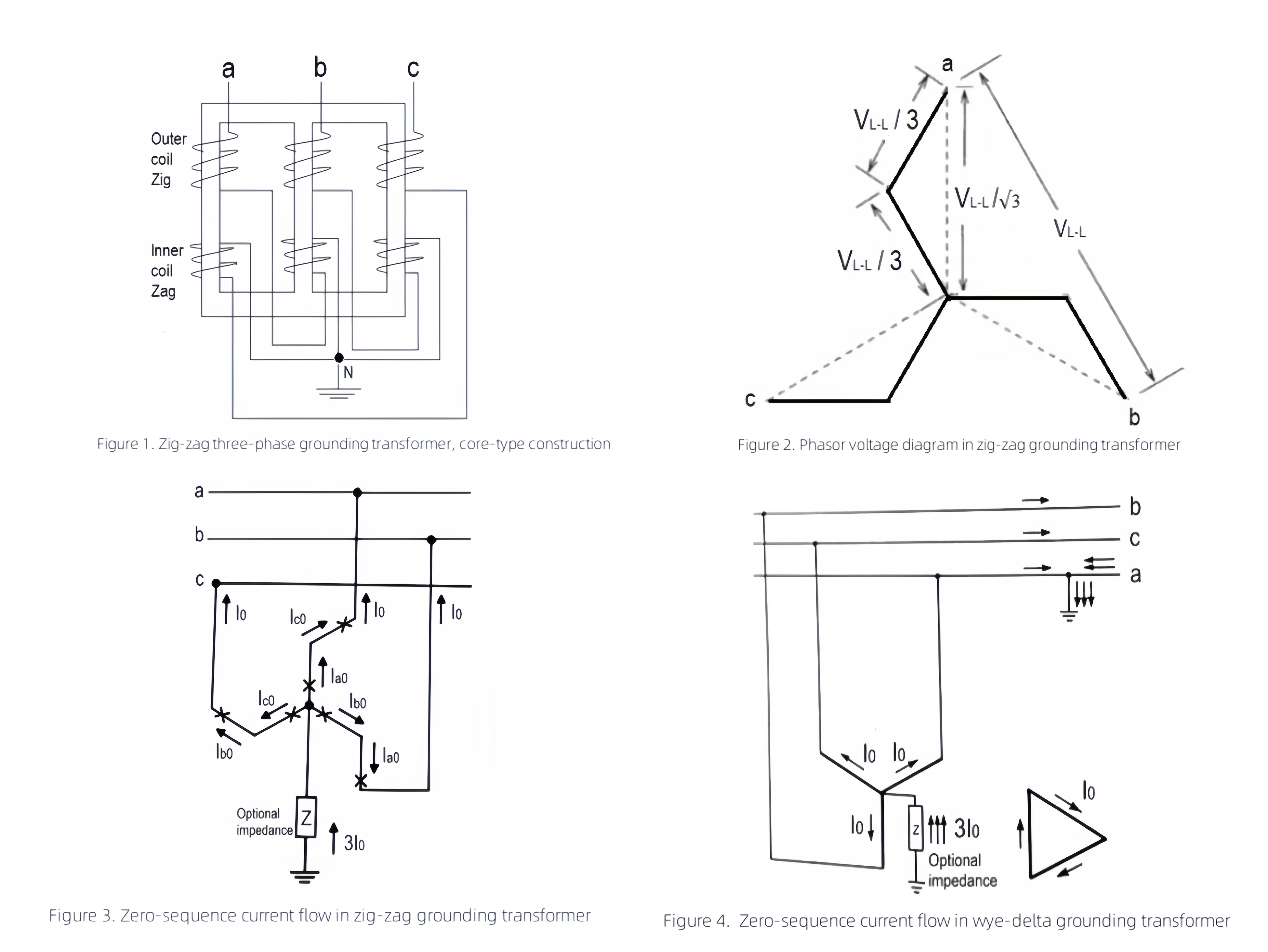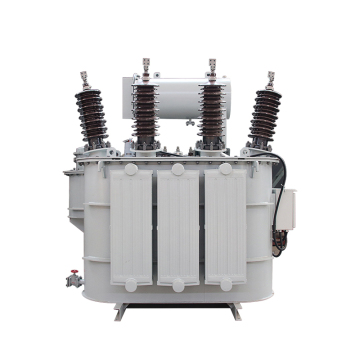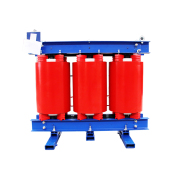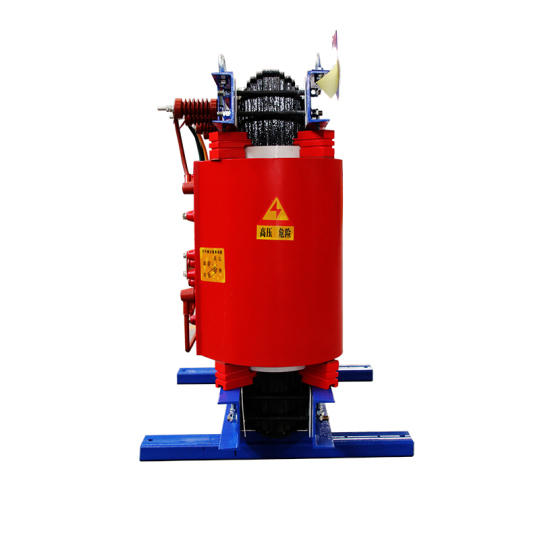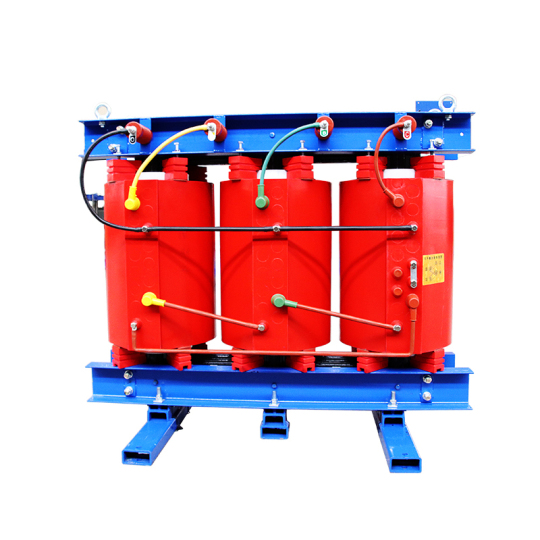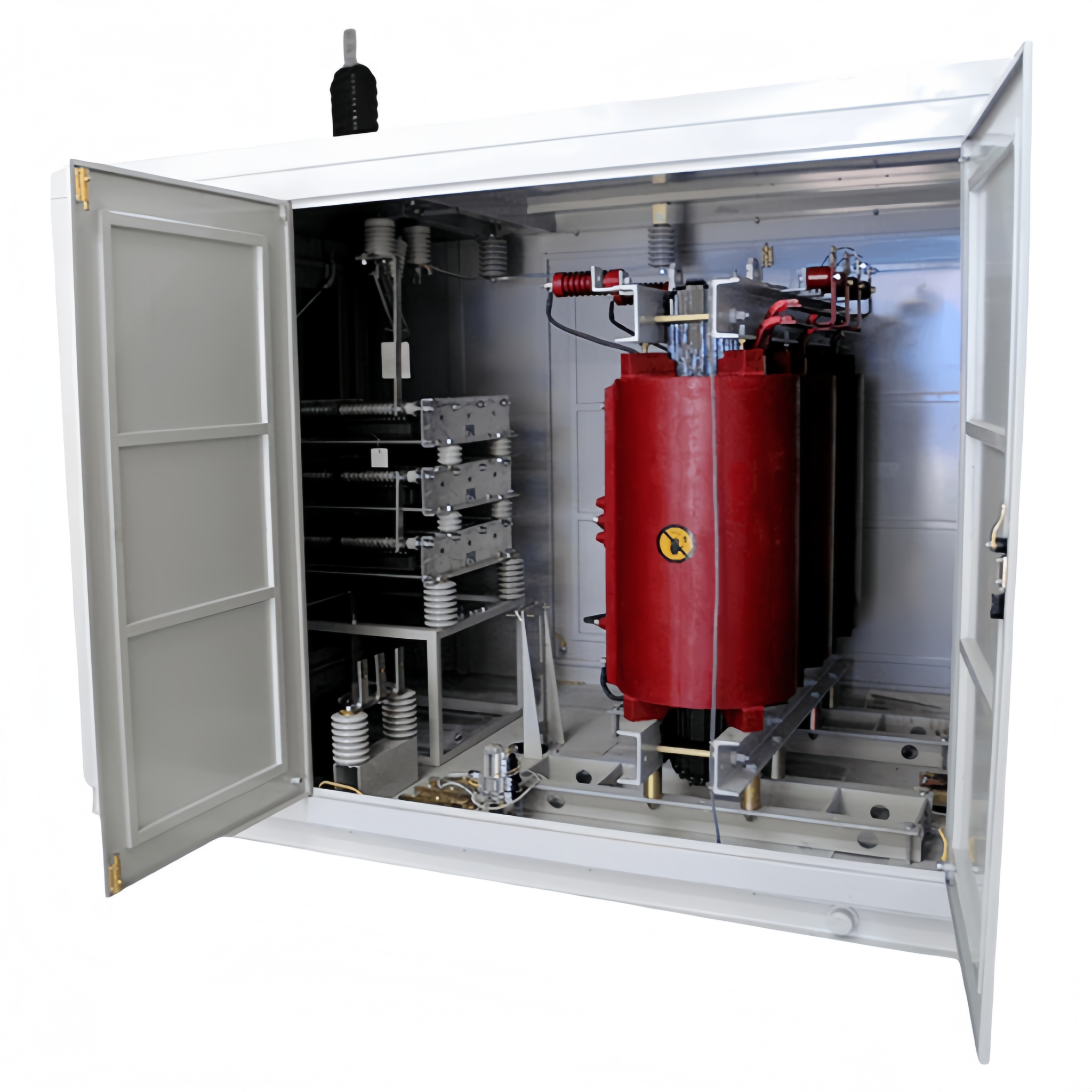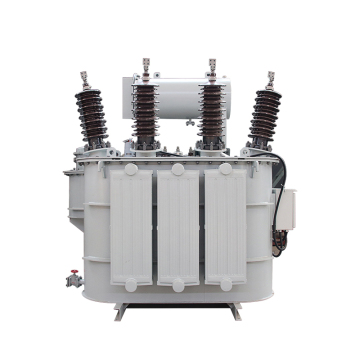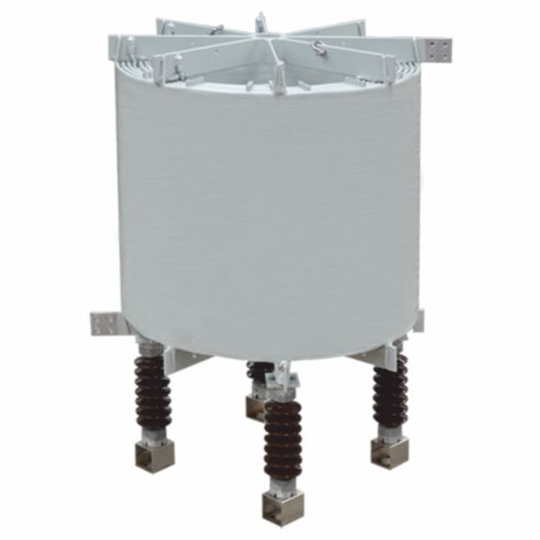The purpose of a grounding transformer bank or three-phase grounding transformer is to ground the neutral of an otherwise isolated-neutral system.
The most common configurations are wye-delta and interconnected-star or zig-zag.
If the system voltage is symmetrical, the line-to-neutral voltages are balanced, and the grounding transformer takes just sufficient current to excite it.
If there is a fault or an unbalanced load in the system, the line-to-neutral voltages are no longer balanced, and co-phasal currents, of the same magnitude, may flow in the transformer phases. These currents are the zero-sequence components. In the zig-zag connection, the zero-sequence currents produce no net magnetization of the iron core, because they flow in opposite directions in each leg and only see the low leakage impedance of the coils.
The grounding transformers offer a much smaller impedance to zero-sequence currents than to the exciting currents in a balanced system, providing a low impedance route to ground and keeping the neutral at ground potential.
Under a line-to-ground fault, the grounding transformers will allow let a suitably large fault current to activate the protection schemes. Grounding transformers also allow the flow of triple-harmonics to equalize the voltages in some transformer connections.
The purpose of a grounding transformer bank or three-phase grounding transformer is to ground the neutral of an otherwise isolated-neutral system.
The most common configurations are wye-delta and interconnected-star or zig-zag.
If the system voltage is symmetrical, the line-to-neutral voltages are balanced, and the grounding transformer takes just sufficient current to excite it.
If there is a fault or an unbalanced load in the system, the line-to-neutral voltages are no longer balanced, and co-phasal currents, of the same magnitude, may flow in the transformer phases. These currents are the zero-sequence components. In the zig-zag connection, the zero-sequence currents produce no net magnetization of the iron core, because they flow in opposite directions in each leg and only see the low leakage impedance of the coils.
The grounding transformers offer a much smaller impedance to zero-sequence currents than to the exciting currents in a balanced system, providing a low impedance route to ground and keeping the neutral at ground potential.
Under a line-to-ground fault, the grounding transformers will allow let a suitably large fault current to activate the protection schemes. Grounding transformers also allow the flow of triple-harmonics to equalize the voltages in some transformer connections.
